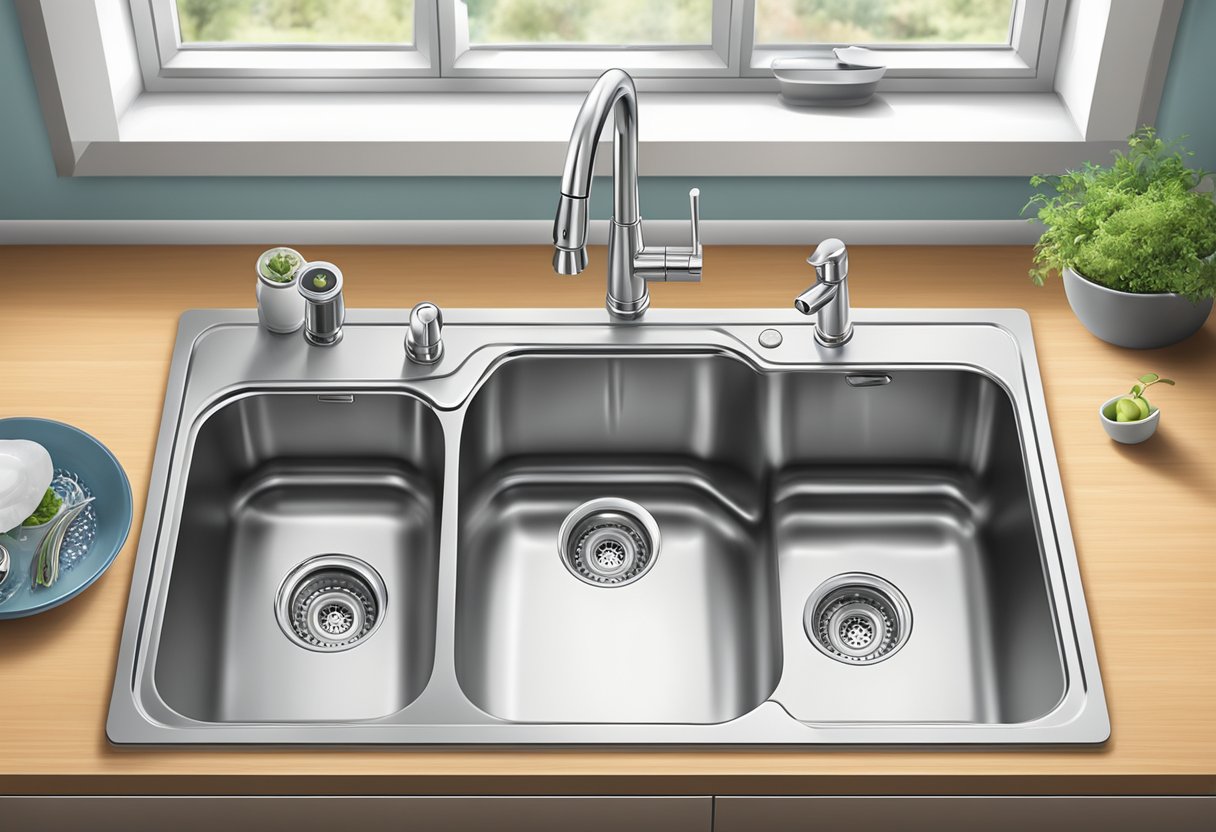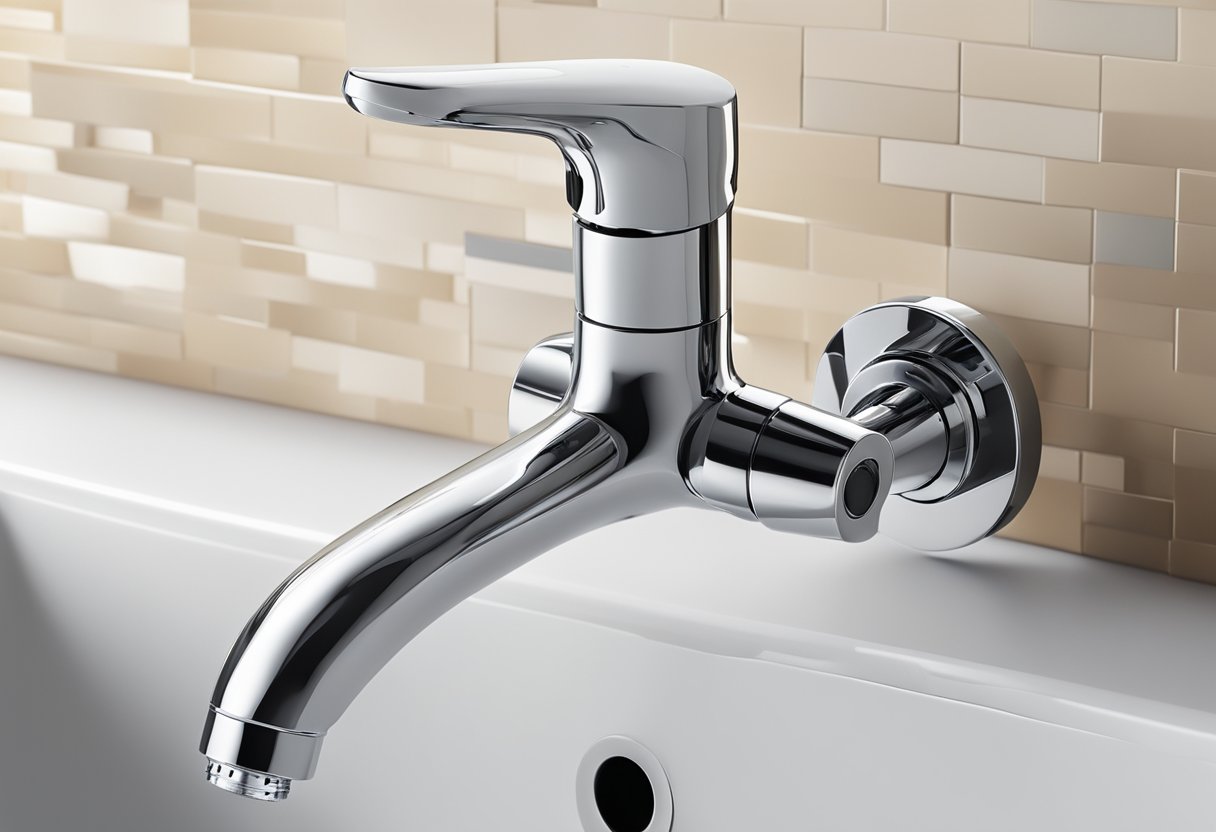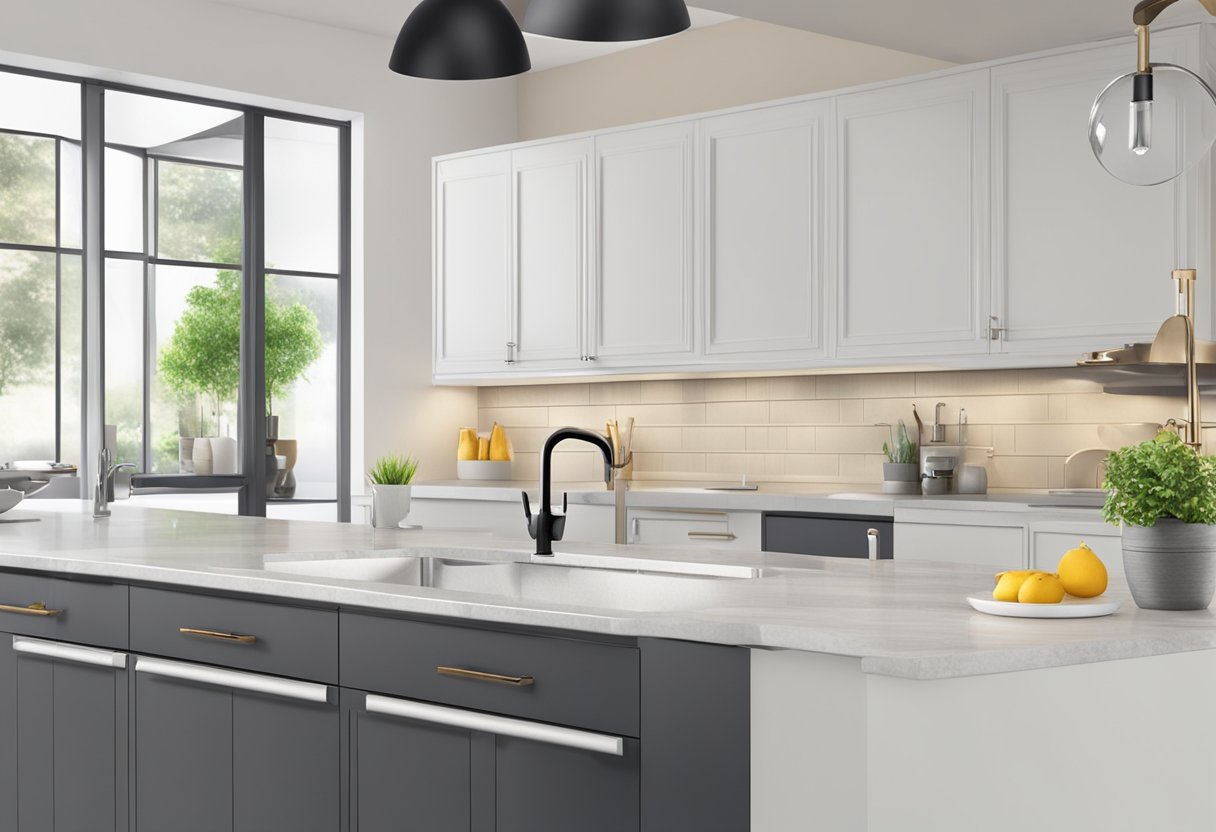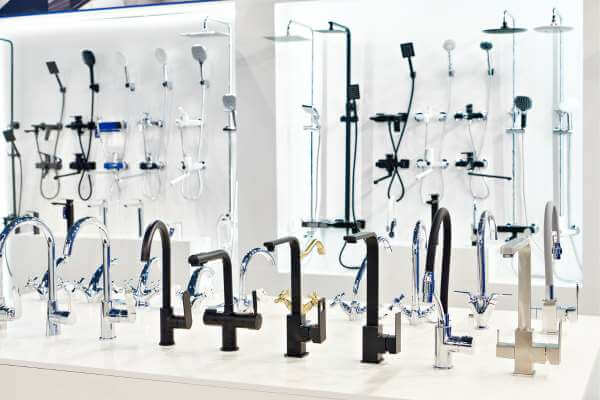Touch vs touchless kitchen faucet has been a hot topic in recent years as homeowners and designers alike weigh the benefits and drawbacks of each option. While both types of faucets serve the same purpose, they differ significantly in terms of functionality, convenience, and hygiene. Touch faucets require physical contact to activate the water flow, while touchless faucets are motion-activated and turn on automatically when they detect movement near the spout.

One of the main advantages of touchless kitchen faucets is their convenience. With a simple wave of the hand, users can easily turn the water on and off without having to touch the faucet handle. This feature is especially useful when users have their hands full or are dealing with messy ingredients. Additionally, touchless faucets are generally more hygienic than touch faucets since users don’t have to touch the handle to turn the water on and off, reducing the spread of germs and bacteria.
On the other hand, touch faucets are generally more affordable and easier to install than touchless faucets. They also offer users more control over the water flow since they can adjust the temperature and pressure manually. However, touch faucets require regular cleaning to prevent the buildup of dirt and grime on the handle, which can compromise their hygiene. Ultimately, the choice between touch and touchless kitchen faucets comes down to personal preference and the specific needs of each user.
Understanding Touch and Touchless Kitchen Faucets

What is a Touch Faucet?
A touch faucet is a kitchen faucet that is activated by physical contact. Instead of turning a handle or lever to control the water flow, you simply touch the faucet anywhere to turn it on or off. Touch faucets are equipped with sensors that detect the presence of human touch and respond accordingly.
One of the main advantages of touch faucets is their convenience. They allow you to turn the water on and off quickly and easily, without having to adjust the temperature or flow rate each time. Touch faucets are also precise, allowing you to control the water flow with a light tap.
However, touch faucets can be less hygienic than touchless faucets since you touch the handle, potentially spreading germs. They can also be challenging to operate if your hands are dirty or occupied.
What is a Touchless Faucet?
A touchless faucet, also known as a motion-activated or hands-free faucet, is a kitchen faucet that is activated by motion detection. Instead of touching the faucet to turn it on or off, you simply wave your hand or an object near the sensor to activate the water flow.
The main advantage of touchless faucets is their hands-free convenience and hygiene. They reduce the spread of germs and bacteria by eliminating the need to touch the faucet handle. Touchless faucets are also easy to operate and can be a great option for households with children or elderly individuals.
However, touchless faucets can be more expensive than touch faucets due to their advanced technology. They also require a power source, which can be a challenge if your kitchen is not equipped with an electrical outlet.
Difference Between Touch and Touchless Faucets
The main difference between touch and touchless faucets is how they are activated. Touch faucets require physical contact to turn the water on and off, while touchless faucets use motion detection to activate the water flow.
In terms of convenience, touchless faucets are generally superior since they offer hands-free operation and reduce the spread of germs. However, touch faucets are more precise and allow for greater control over the water flow.
When choosing between touch and touchless faucets, it is important to consider your personal preferences and practical needs. Touchless faucets are ideal for households with children or elderly individuals, while touch faucets may be a better option for those who prioritize precision and control.
Features and Functionality

Touch and touchless kitchen faucets both have unique features and functionalities that make them stand out. In this section, we’ll discuss the different features and functionalities of touch and touchless kitchen faucets.
Sensor Technology
Touchless kitchen faucets use sensor technology to detect when a user is present and turn the water on and off automatically. There are two types of sensors in touchless kitchen faucets: infrared and capacitance. Infrared sensors use infrared light to detect the presence of a user, while capacitance sensors use an electrical charge to detect the presence of a user. Touch faucets, on the other hand, do not use sensors and require physical contact to turn the water on and off.
Power Source
Touchless kitchen faucets require a power source to operate the sensor technology. Most touchless kitchen faucets are powered by batteries, while some are hardwired into the home’s electrical system. Touch faucets, on the other hand, do not require a power source and are powered by the water flowing through the faucet.
Control and Accessibility
Touchless kitchen faucets provide hands-free control, making them a great option for those with limited mobility or those who want to avoid touching the faucet with dirty hands. Touch faucets require physical contact to turn the water on and off, which can be a disadvantage for those with limited mobility or those who want to avoid touching the faucet with dirty hands.
Smart Integration
Some touchless kitchen faucets are compatible with smart home systems like Google Assistant or Amazon Alexa, allowing users to control the faucet with their voice. Some touchless kitchen faucets also come with preset flow rates or timers to limit water usage, while touch faucets do not have these features.
In conclusion, touch and touchless kitchen faucets have different features and functionalities that make them suitable for different users. Touchless kitchen faucets provide hands-free control and are a great option for those with limited mobility or those who want to avoid touching the faucet with dirty hands. Touch faucets require physical contact to turn the water on and off and do not have the same smart integration features as touchless kitchen faucets.
Installation and Maintenance Touch vs Touchless Kitchen Faucet

Professional Installation
Installing a touch or touchless kitchen faucet requires a certain level of expertise and experience. Therefore, it is recommended to hire a professional plumber to install a new faucet or retrofit kit. A professional installation ensures that the faucet is correctly installed and properly connected to the water supply. It also helps to prevent leaks, which can lead to water damage and costly repairs.
Maintenance and Reliability
Touch and touchless faucets are generally easy to maintain and reliable. However, regular maintenance is necessary to ensure their longevity and optimal performance. It is recommended to clean the faucet regularly with a soft cloth and mild soap to prevent the buildup of mineral deposits and dirt. Avoid using abrasive cleaners, which can damage the finish of the faucet.
It is also important to check the batteries or power source of touchless faucets periodically to ensure that they are functioning properly. In case of any issues, it is recommended to refer to the manufacturer’s instructions or contact a professional plumber for assistance.
Dealing with Power Outages
Power outages can affect the performance of touchless faucets, which rely on electricity or batteries to function. In case of a power outage, touchless faucets can be manually operated by turning the handle or lever. However, it is recommended to have a backup plan, such as keeping a pitcher of water nearby, to ensure access to water during power outages.
In conclusion, touch and touchless kitchen faucets require professional installation and regular maintenance to ensure their optimal performance and longevity. It is also important to have a backup plan in case of power outages.
Benefits and Drawbacks Touch vs Touchless Kitchen Faucet

Hygiene and Convenience
One of the main advantages of touchless faucets is their hygienic benefits. Touchless faucets reduce the spread of germs and bacteria by eliminating the need for physical contact with the faucet. This is especially useful in the kitchen and bathroom where germs can easily spread. On the other hand, touch-sensitive faucets require physical contact with part of the body to work, which can lead to the spread of germs. However, touch-sensitive faucets are more accessible for people with disabilities or mobility issues.
Water Conservation and Environment
Touchless faucets are more water-efficient than touch-sensitive faucets because they only release water when the user’s hands are detected by the infrared detector. This reduces water waste and can help lower the water bill. Additionally, touchless faucets can help reduce the environmental impact of water usage. However, touchless faucets tend to have a low flow rate, which can be a disadvantage for those who prefer a stronger water flow.
Budget Considerations
Touchless faucets tend to be more expensive than touch-sensitive faucets due to the technology involved. However, some touchless faucets have features that can help save money in the long run, such as automatic shut-off and low flow rates. Brands such as Moen and Delta offer a range of touchless faucets at different price points to fit different budgets.
Potential Issues
One of the potential issues with touchless faucets is accidental activation. The infrared detector can sometimes detect movement that is not intended to activate the faucet, leading to water waste. Additionally, touchless faucets may have issues with water temperature control, which can be a disadvantage for those who prefer a specific water temperature. Touch-sensitive faucets may have issues with sensor accuracy, requiring regular cleaning to ensure the sensors work correctly.
Is it worth getting a touchless kitchen faucet?
Touchless faucets offer significant water conservation benefits, which can result in long-term cost savings for homeowners. Additionally, these faucets are an effective method for preventing the spread of bacteria and other germs throughout the house. Another benefit of touchless faucets is their convenience, as they allow you to turn the faucet on using your arm if your hands are full or dirty.
What are the cons of touchless faucets?
A significant drawback of touchless faucets is their higher cost compared to traditional faucets. Moreover, they may require more maintenance due to the complexity of the sensors and mechanisms, which could lead to issues in the future. Another disadvantage of touchless kitchen faucets is their limited features compared to manual faucets, which could be a concern for some users.
Conclusion of Touch vs Touchless Kitchen Faucet
In conclusion, both touch and touchless kitchen faucets offer unique benefits and drawbacks. It’s essential to consider your needs and preferences when choosing a kitchen faucet. Touch faucets are ideal for those who prioritize precise water control and don’t mind frequent cleaning. Touchless faucets are an excellent option for those who prioritize hygiene and ease of cleaning. Ultimately, your decision will come down to personal preference and lifestyle needs.


 Hi, my name is Debra Klein and I love modern kitchen designs! As a product reviewer, it’s my mission to help homeowners choose the right modern kitchen accessories for their homes. I want to give them the best solution possible so they can make the best decision for their needs. Thanks for reading!
Hi, my name is Debra Klein and I love modern kitchen designs! As a product reviewer, it’s my mission to help homeowners choose the right modern kitchen accessories for their homes. I want to give them the best solution possible so they can make the best decision for their needs. Thanks for reading!




